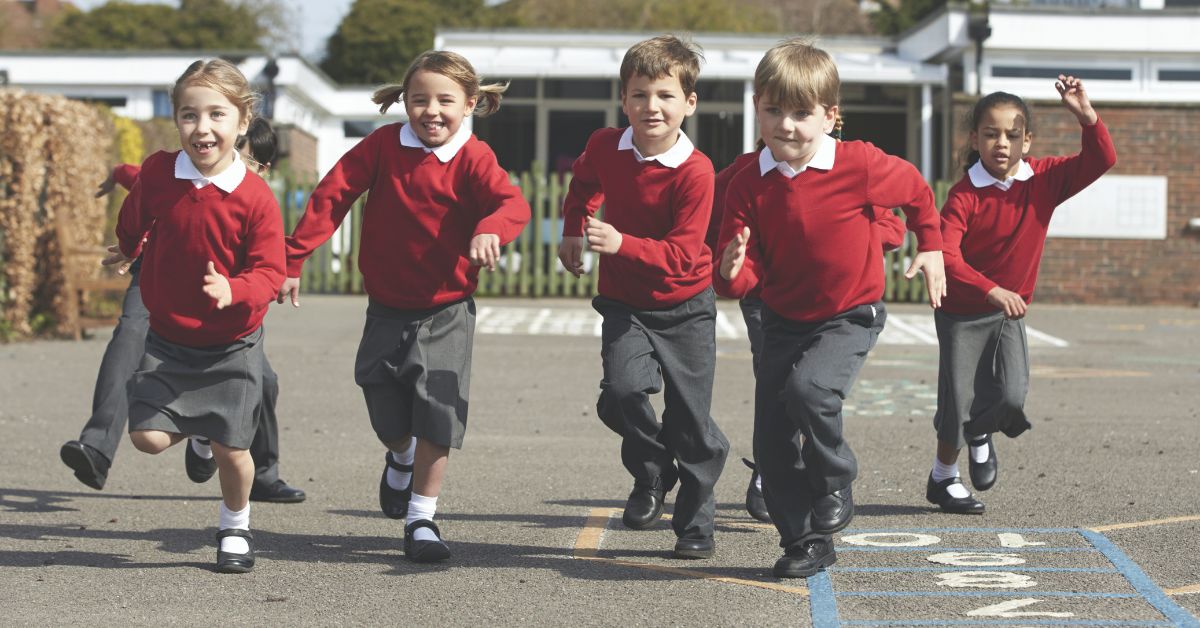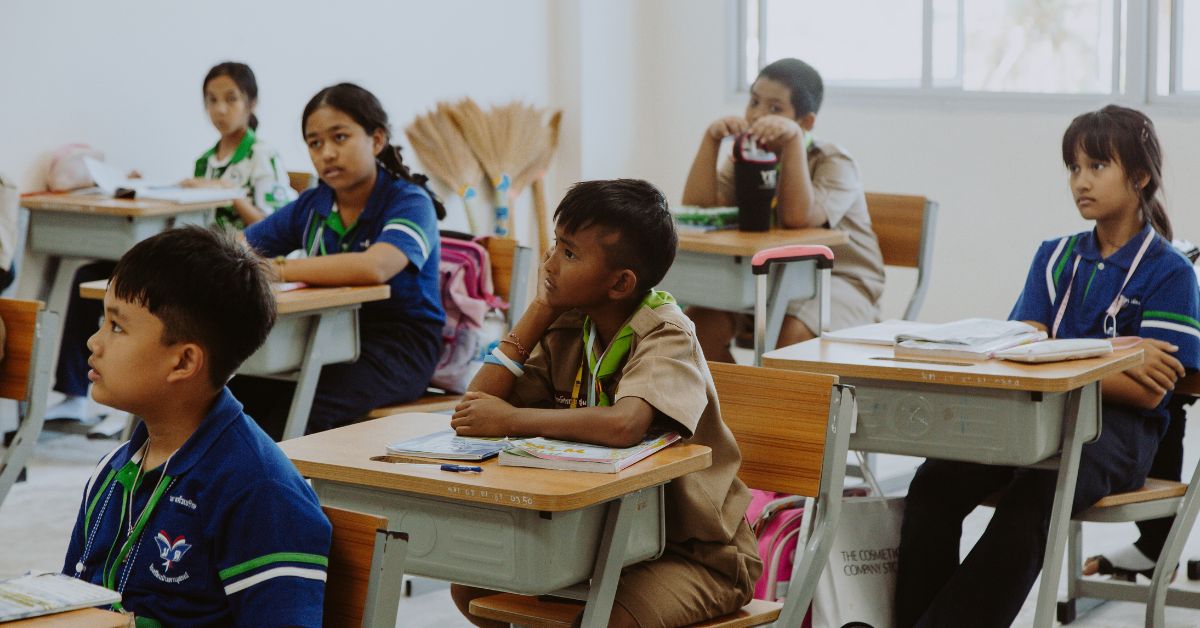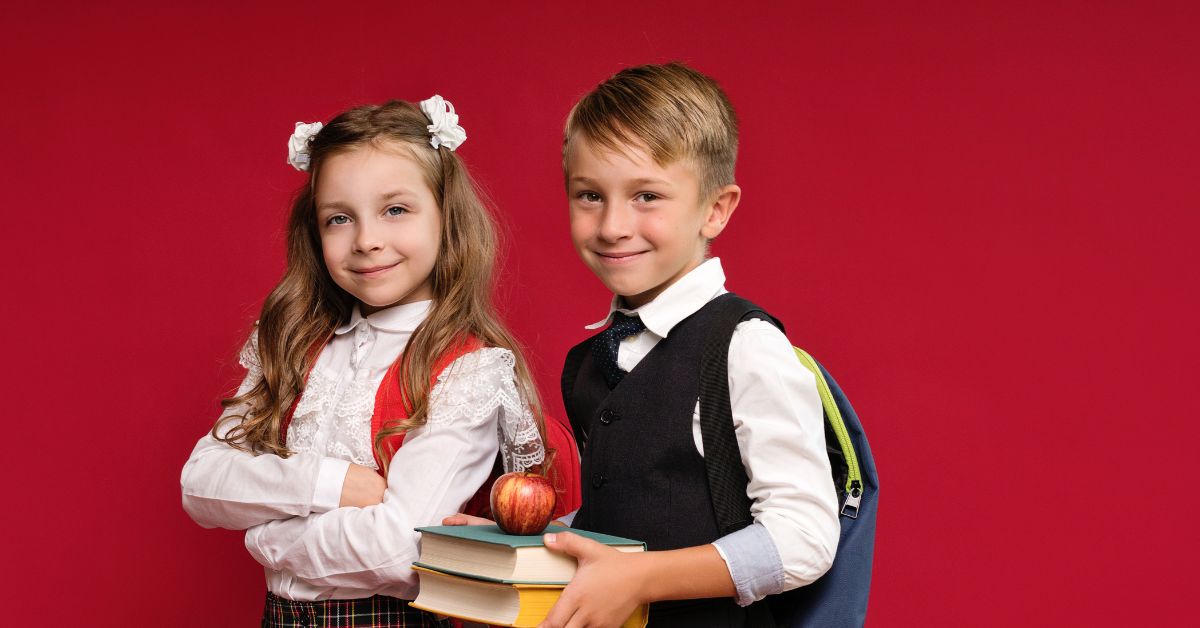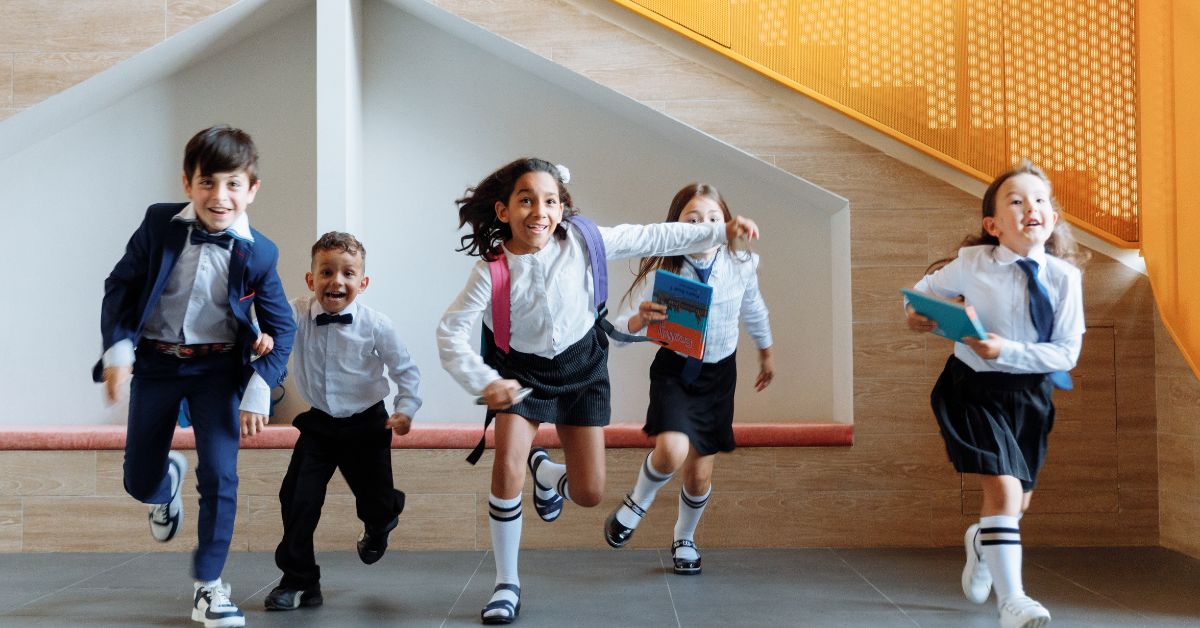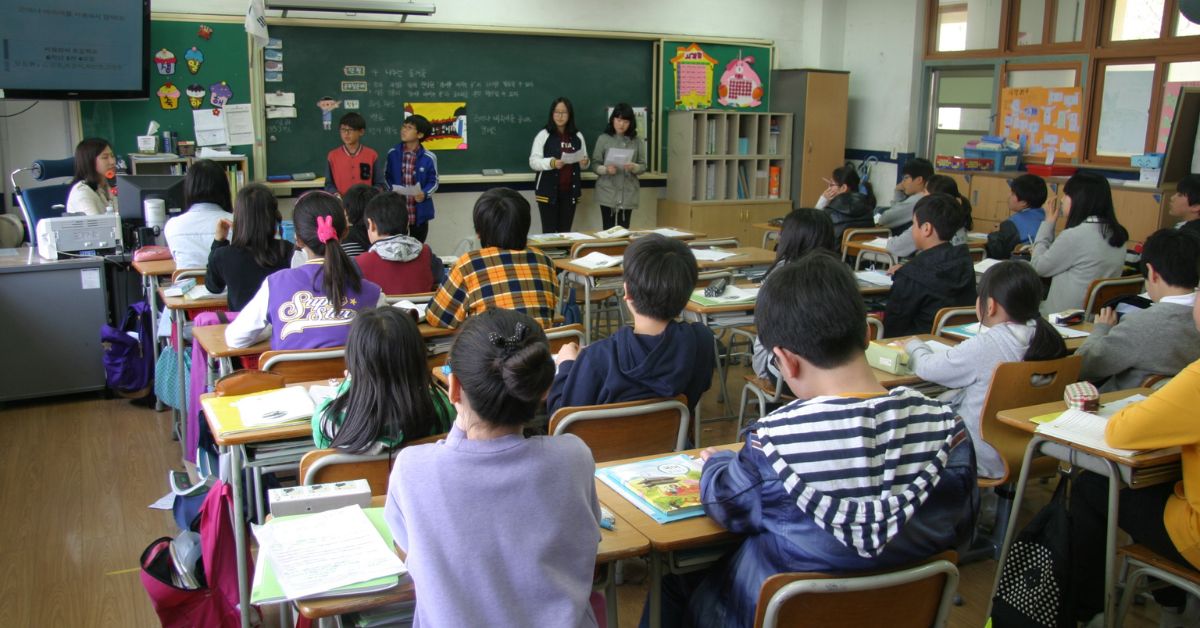When you hear the words “just and joyful education,” what comes to mind? It might sound like a dream — a place where school is fair, fun, and helps every student feel included and excited to learn.
In Vermont, this dream is becoming real. Schools across the state are working to make education both just (fair for everyone) and joyful (fun and meaningful). Let’s explore how Vermont is leading the way and why it matters for students everywhere.
What Does “Just” Education Mean?
“Just” education is about making sure all students are treated fairly. That means:
- Every student gets what they need to succeed
- Differences are respected and celebrated
- Everyone feels safe and included
In a just school, no one is left out because of where they come from, what they look like, or how they learn. Teachers make sure every student has a voice and a chance to shine.
What Makes Education “Joyful”?
Joyful education means students actually enjoy learning. It includes:
- Fun and creative lessons
- Supportive teachers
- Activities that match students’ interests
- A warm, welcoming classroom
When students feel happy and comfortable at school, they are more curious, confident, and eager to learn.
How Vermont Combines Justice and Joy
Vermont schools are working hard to make learning both fair and fun. Here’s how they do it:
1. Personalized Learning
Each student gets to set learning goals and choose projects they enjoy. Teachers support them based on their unique needs.
2. Social-Emotional Learning
Students learn how to manage emotions, solve problems, and build friendships. This helps make classrooms calmer and kinder.
3. Equity in the Classroom
Teachers are trained to recognize unfair systems and make sure every student has the tools and chances they need to grow.
4. Celebrating Culture and Identity
Schools host events, lessons, and projects that reflect different backgrounds. This helps students feel proud of who they are.
Learning That Feels Like Living
Vermont schools want students to feel that school is not just a place to memorize facts — it’s a place where they experience life. This includes:
- Outdoor classrooms and nature walks
- Art, music, and dance programs
- Real-world projects like growing gardens or helping in the community
When students get to express themselves, try new things, and connect with nature and people, learning becomes a joyful part of everyday life.
Helping Teachers Build Just and Joyful Spaces
In Vermont, teachers are trained not just to teach lessons, but to create welcoming spaces. They focus on:
- Listening to students’ ideas
- Making lessons interesting and fun
- Making sure all students feel seen and respected
Happy teachers = happy students. When teachers feel supported, they bring more joy into the classroom.
Why It Matters for Students
Just and joyful education isn’t just about feeling good — it helps students:
- Learn better
- Build strong friendships
- Become confident and caring people
- Handle challenges in healthy ways
It prepares kids not just for tests, but for life.
Vermont’s Message to the World
Vermont is showing that it’s possible to build schools where everyone belongs and every voice matters. Their model proves that when fairness and fun come together, amazing learning happens.
Other states and schools are starting to pay attention, and many want to follow Vermont’s lead.
Conclusion
Just and joyful education means treating students fairly and helping them love learning. Vermont is showing the world how to make this happen — by focusing on kindness, creativity, and care.
If more schools adopt this model, the future of education could be brighter, better, and more beautiful for everyone.



